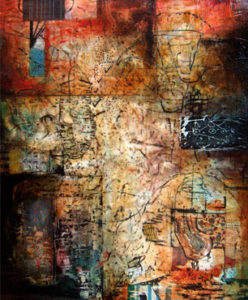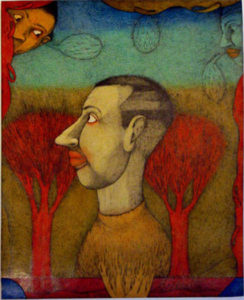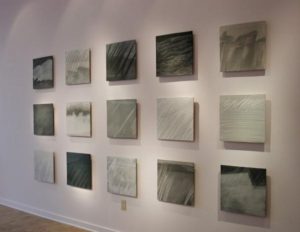the real McCoy
The Rembrandt Research Project was established in 1968 to determine bona fide Rembrandt’s apart from those works of his students. In Dutch tradition, students would closely emulate after the artist in the artist’s school. Often the student and artist would collaborate – particularly on portraiture.
Imitation was a means to teach and develop young artists in the ways and processes of a master artist. This traditional approach has led to much confusion as to who created what work. Indeed, if the experts debate the authenticity of a piece, we might say that the Rembrandt school was quite successful.

During my years in the classroom, it wasn’t uncommon to have the class work on a composition in the manner of a master. Like the Dutch tradition, the objective was for the student to learn from replication. My aim was for the student to glean from the artist and perhaps adapt a bit into their own work. The intent was never for the student to become a studious imitator – creating copies of established master works. Still, there is the risk that a student will become so comfortable with their copy work that they never take from the original process, but adopt it.
Several years ago I gave a day long workshop that focused on drawing processes on clay. In my approach, the process can be complicated. The workshop attendees took notes and photos, asking many questions.

A few months afterward, a student emailed an image of a small tile she had created after the process I had shown during the workshop. I was quite impressed with the tile. Her image – a portrait – was soft, ethereal.
Over the years we’ve spoken several times. On one occasion she was excited to show me a platter she had waiting to be bisque fired. The platter had a delicate image of a figure. I asked her how she was creating some of the shadows and edges. As she began to share, she punctuated her explanation with, “just like you.” Well, no – I explained – not like me. These images were very different. Her response was that she was ‘doing it all wrong.” Again, no. She had taken my process and developed them to her work and it was beautiful.

Students need to find their own way with all the options before them. The last thing you want is a student creating copy work – particularly if it’s inadequate.
‘That looks like Beth’s work…on a bad hair day!’
The scenario made me think back to my instructors. Did I take from the process or adopt the process? So, with some trepidation I did a little research. What if I’m doing copy work…eek! In the end, I can see the bits and pieces I took and made my own. Assuredly, these talented artists will see no copy work from me.
3 Comments
Comments are closed.
Thanks for sharing.
Beth,
There is an element of copywork in learning a process, but for one who learns it well, it becomes the process … yikes!, not copying at all! Thanks for the intro to a facinating process that has so many possibilities. I always get the question:”how did you do that?” I think, now how can I keep this simple? Ha ha ha.
Toni
PS.
The Thomas Wolfe quote came a few days after a long-time and very dear friend left for greater loving… greater life, quite unexpected. Interesting to put it that way, and very comforting. Thanks
Toni,
Indeed many possibilties…none of which involve simplicity! Love your work!!